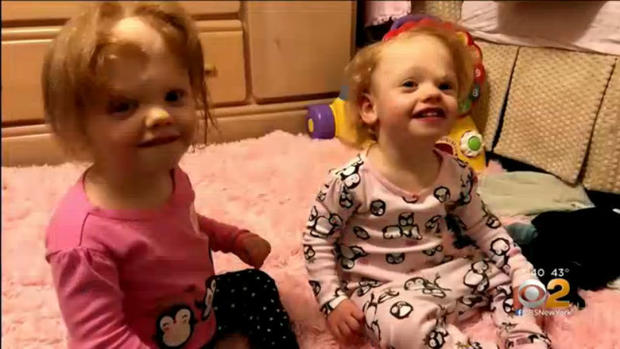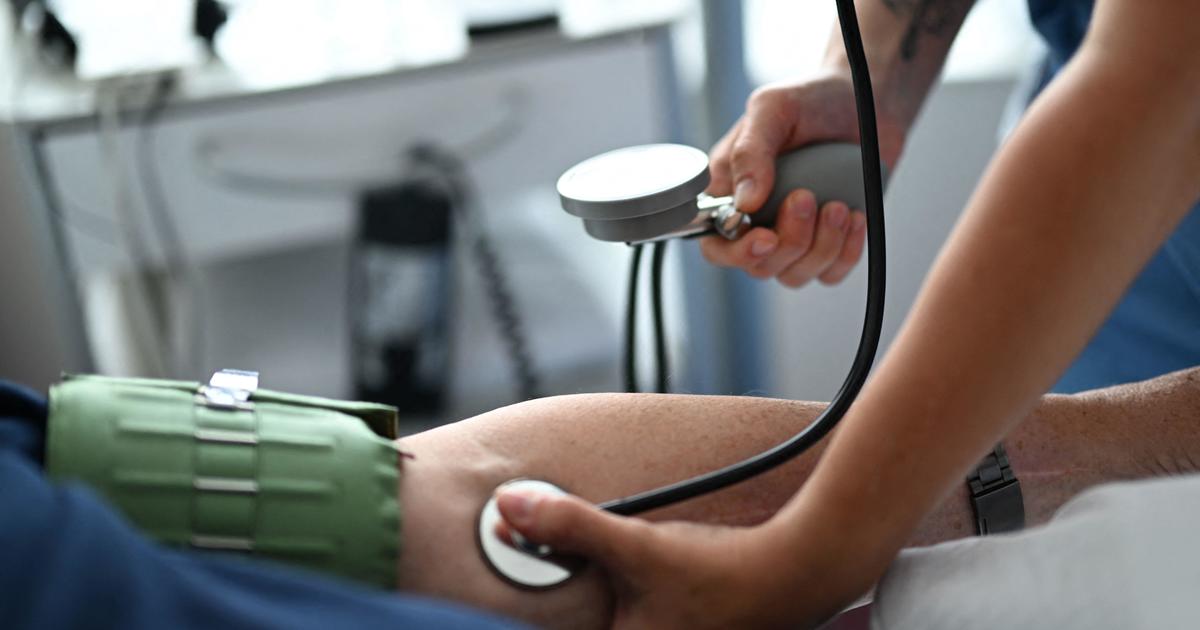Formerly Conjoined Twins Now Thriving Following High-Tech Surgery
NEW YORK (CBSNewYork) -- It has been a year and a half since conjoined twins Erin and Abby Delaney were separated.
They were fused at their heads, which only happens in about 6 in 10 million births. Separating them safely took some extraordinary technology, CBS2's Dr. Max Gomez reported on Wednesday.
Their parents are grateful the twins are thriving.
"They are just growing and changing and they are just amazing little people and I can say they are really my heroes for what they have been through," Heather Delaney said.
The sisters from North Carolina were born joined at the head and, even more rare, totally fused, with their connection deep into the brain tissue. In June of 2017, the conjoined twins were fully separated at 10 months old at Children's Hospital of Philadelphia.
"Around 3 months of age we separated the bone that was connecting the two twins and then we sort of slowly pushed them apart and changed the anatomy where the two were connected. And then that allowed us to do the separation," Dr. Gregory Heuer said.
A new report in the New England Journal of Medicine details how doctors used innovative technology and teamwork to perform the complex separation surgery. A computer navigation system helped them map the connected blood vessels that needed to be divided between the twins.
"The most difficult part for these girls were they shared some really important big blood vessels. So having to be able to separate those and having the brain recover after we did the separation was really the hardest part," Dr. Heuer said.
"Some of the stuff they were doing had never been done before, so we didn't know how it was going to work out. Luckily, everything turned out incredible. We have miracle little girls to show for it," Heather Delaney said.
MORE: Recently Separated Conjoined Twins Making Speedy Recovery
The surgery on Erin and Abby, now 2 years old, was also made possible with 3D modeling of the girls' heads. That allowed surgeons to plan much of the surgery ahead of time. Clearly, it worked for the twins.
The girls are getting all kinds of ongoing therapy, including physical, occupational, speech, music and play, all to help them catch up to their normal developmental milestones.
Some time in the next two to three years they will need more surgery to reconstruct the missing bone in their skulls.




